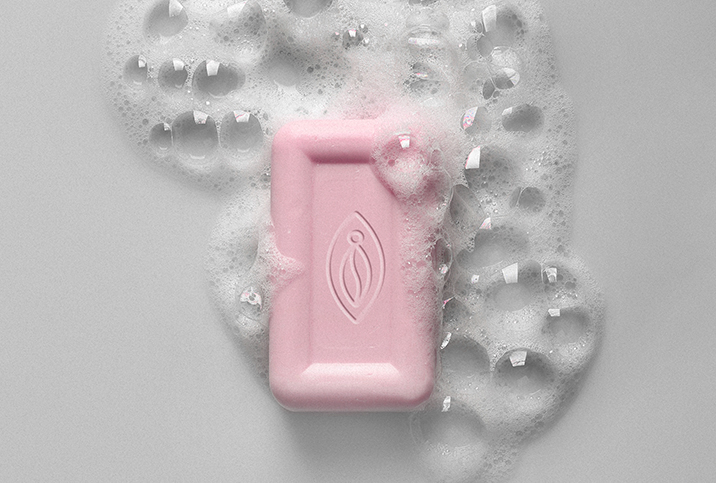Masturbation: Everything You Need to Know

Masturbation is a normal part of many people's regular routines. About half of men include masturbation in their weekly self-care routines, while one-third of women do, according to TENGA's 2021 Global Self-Pleasure Report, which surveyed more than 5,000 people between the ages of 18 and 54 across five countries.
Though there's still stigma surrounding the topic, masturbation has numerous benefits. When you masturbate to reach an orgasm, your body releases feel-good chemicals such as dopamine and serotonin. These chemicals can release stress, improve sleep and boost your mood.
Even if you don't climax, masturbating is a safe way to learn about your body and improve your self-image. Knowing what turns you on can help you have better sexual satisfaction with partners, too.
What is masturbation?
Masturbation is touching your genitals and other erogenous zones with the goal of self-pleasure and sometimes orgasm.
"Masturbation can be an important part of healthy sexual development," said Bailey Hanek, Psy.D., an AASECT-certified sex therapist in Cambridge, Massachusetts, and a consultant for Between Us Clinic, an online sex therapy platform.
Research indicates masturbation is common among the general population. A survey published in December 2011 consisting of adolescents ages 14 to 17 found that 74 percent of males masturbated compared to 48 percent of females. These percentages increased with age. By age 17, 80 percent of males and 58 percent of females reported having masturbated. Those numbers were 62.6 percent and 43.3 percent at age 14, respectively.
A study published in 2009 by the National Survey of Sexual Health and Behavior (NSSHB) from Indiana University indicated 78 percent of Americans 14 and older said they had masturbated at least once in their lives.
So taboos aside, it's safe to say masturbation is an experience shared by most people.
When do people start masturbating?
A survey published in 1993 based on the personal experiences of 3,000 respondents, suggested masturbation onset occurred by age 13 in 53 percent of males and 25 percent of females. Additional research published in March 2011 indicated hormonal differences in males and females when they reach puberty may affect the age at which they start masturbating.
"Typically, it happens around puberty for boys, maybe a couple of years earlier in some cases. For women, it usually happens in their mid- to late teens, but that also depends a lot on the individual and their upbringing," said Nina Nguyen, a Berlin-based sex educator and co-founder of Fraulila.de, an LGBTQ+ platform that provides information about sexual health.
According to the University of Michigan's Development and Behavior Resources program, most children—girls and boys—play with their external sex organs by age 5 or 6. But they generally don't associate this type of touch with sexual behavior until puberty.
Risks of masturbation
You can breathe a sigh of relief. Despite the tales you may have heard growing up, there are few risks associated with masturbating. Self-pleasure is a normal response to curiosity, boredom or stress relief. However, you can reach a point where the urge to masturbate interferes with your life and goals, which is dubbed compulsive sexual behavior.
Compulsive sexual behavior, more popularly known as sex addiction, is characterized by a persistent and escalating pattern of sexual thoughts, behaviors and compulsions, which are difficult to control and can cause distress or impairment in daily life.
"Compulsive sexual behavior is a complex issue that can be influenced by various factors, including underlying mental health conditions, relationship issues and life stressors," said Naheed Ali, M.D., Ph.D., a physician and health writer in Miami Beach, Florida.
It's a good idea to talk to a sex therapist or doctor if you or your child is experiencing sexual thoughts and compulsions that interfere with daily life.
Sex toys that aren't washed properly after use pose some risk of infection. The ones made of porous materials such as jellies, rubber or PVC can harbor and spread bacteria, which is why some people advocate sticking to nonporous materials such as silicone, glass and metal.
Never use objects found around the house for internal stimulation—electric toothbrushes or phallic-shaped vegetables, for example—as they can cause injury and infection.
The history of masturbation and societal stigma
Masturbation has likely existed for as long as humans have. Depictions of men, women and even deities masturbating can be found in prehistoric rock paintings and on ancient pottery. That said, most of these depictions focused on male masturbation.
"Masturbation has always been accepted in mainstream society if men are involved, but for women, I'd say there is still a stigma," Nguyen said.
Some societies rooted in religious teachings or normative ideas about sexuality frown on masturbation, explained Carol Queen, Ph.D., a staff sexologist for the sex education website Good Vibrations.
"In this context, all sexual desire is supposed to be experienced with a partner—usually a heterosexually married partner, and sometimes only for reproductive purposes—though not everyone, even religious conservatives, goes that far," she added.
Partnered or single, masturbation should be considered a healthy and safe way to learn about your sexual desires and connect with yourself.
If you're wondering if your masturbation habits are normal, the answer is likely yes. While each individual grows up with different external and societal opinions that shape views around self-pleasure, one thing is universal: Most of us have tried it and probably enjoyed it.




















